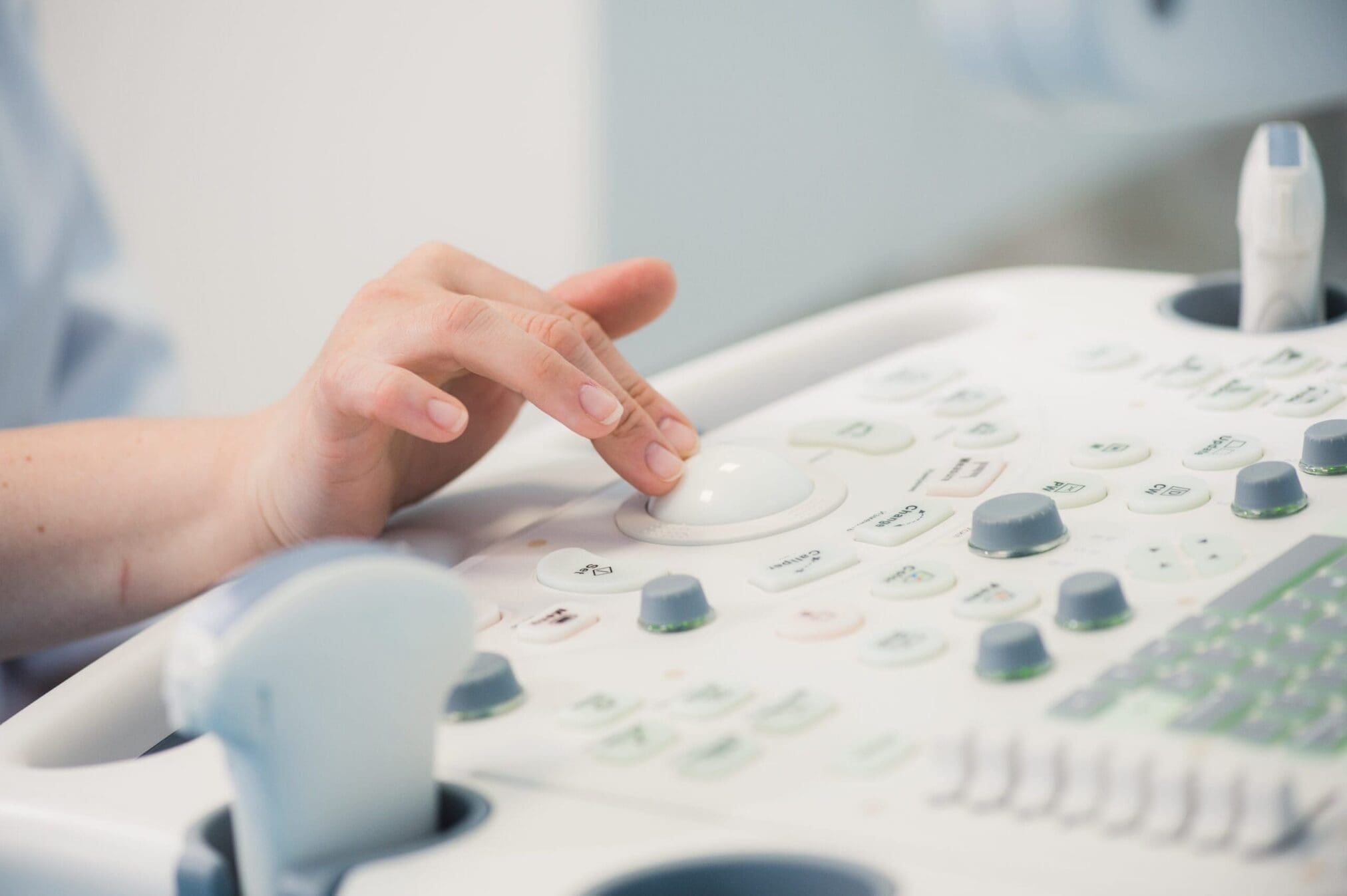How does WEEE apply to Medical Devices?
As opposed to the WEEE Directive 2002/96/EC & 2003/108/EC, which states that Medical Devices (regulated under MDD 93/42/EEC, IVD 98/79/EC, AIMDD 90/385/EEC falling under WEEE do not require achieving any recycling collecting target, the repealing WEEE Directive 2012/19/EU tightens the legislation and sets tangible objectives:
- From 13th August 2012: Medical Devices are subjects to a recovery target of 70% and a recycling target of 50%;
- From 15th August 2015: Medical Devices are subjects to recovery target of 75% and a recycling target of 55% respectively;
- From 15th August 2015: Medical Devices (falling under category 4: Large equipments) are subjects to recovery target of 85% and a recycling target of 80% respectively; and Medical Devices (falling under category 5: Small equipments) are subjects to recovery target o 75% and a recycling target of 55% respectively;
The above indicated objectives make all Medical Device manufacturers, distributors, vendors and consumers take the necessary steps, if necessary, to fulfill the new WEEE requirements.
How should Non-EU Manufacturers cope with the WEEE?
The WEEE directly is not imposed on entities not established in Europe and they themselves are unable to fulfill the requirements of the WEEE. However, Non-EU manufacturers, appointing a European Authorized Representative (EAR) under the Medical Device Directives & CE marking requirements, should invest in their product’s “end of life” EU conformity and require their EU importers & distributors to provide them with the evidence of registration, reporting and the detailed take back process prior to affixing the WEEE symbol onto their packaging.
NOTE: same as the WEEE Directive 2002/96/EC & 2003/108/EC,as one of its essential requirements, the NEW WEEE Directive 2012/19/EU does not impose the CE marking as one of its essential requirements.
Need more information? Contact us now!


